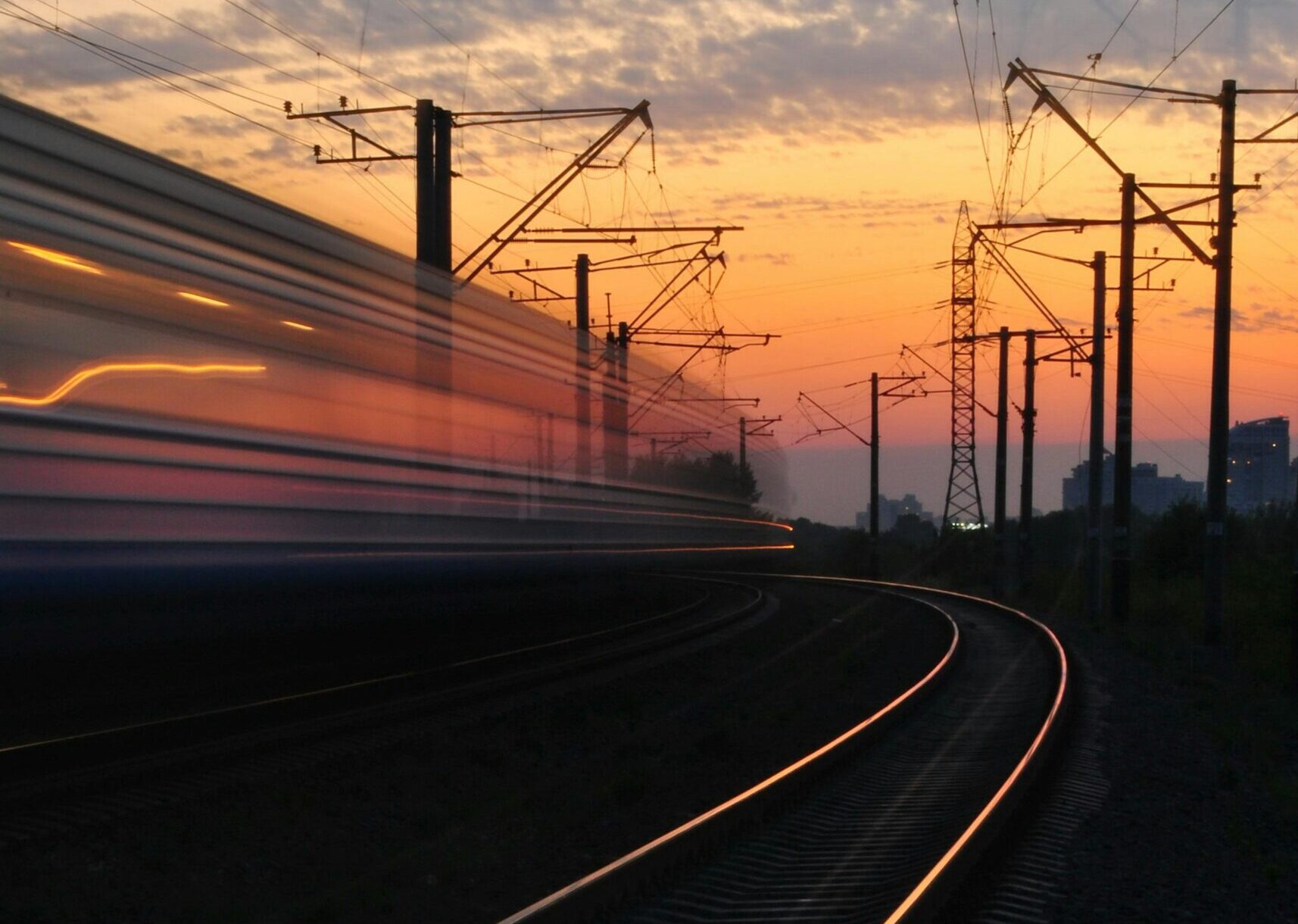Europe’s high-speed train network represents the pinnacle of modern rail technology, connecting major cities at speeds exceeding 300 km/h while maintaining exceptional comfort and punctuality. This comprehensive guide explores Europe’s fastest trains, booking strategies, and essential travel tips for maximizing your high-speed European rail experience.
Understanding European High-Speed Rail Technology
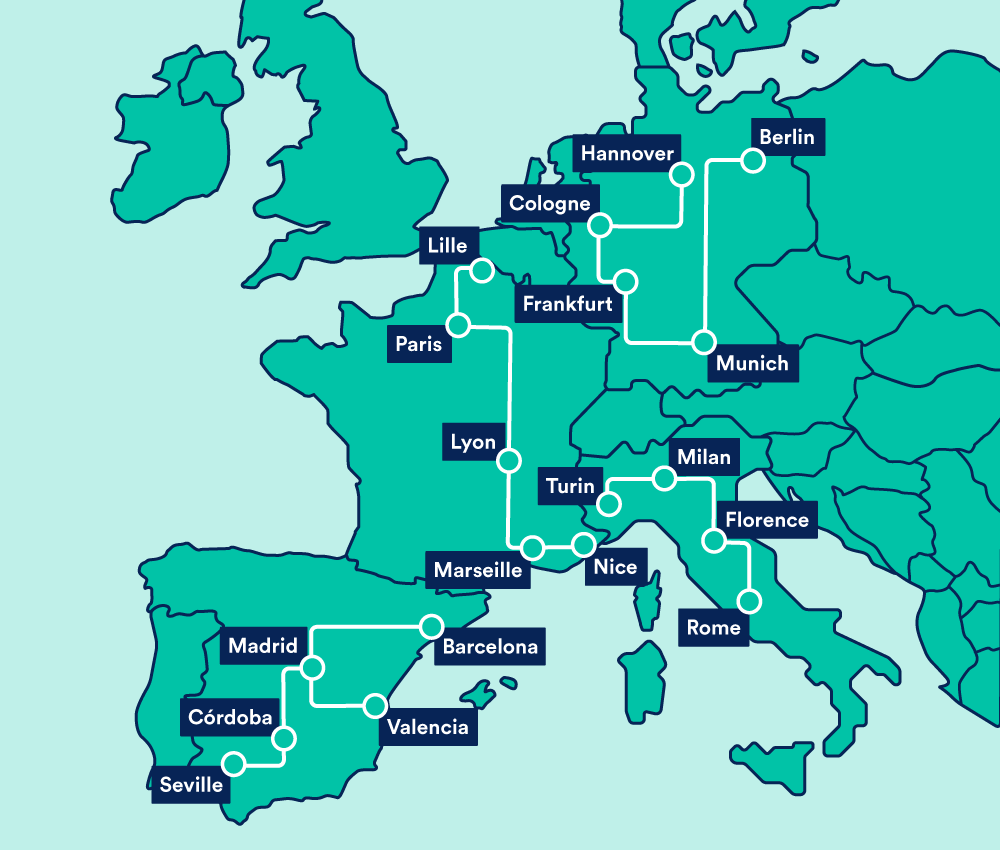
European high-speed trains utilize cutting-edge technology to achieve remarkable speeds while ensuring passenger safety and comfort. These trains operate on dedicated tracks or upgraded conventional lines, featuring advanced signaling systems, aerodynamic designs, and sophisticated suspension systems that provide smooth rides even at maximum velocity.
TGV: France’s High-Speed Pioneer
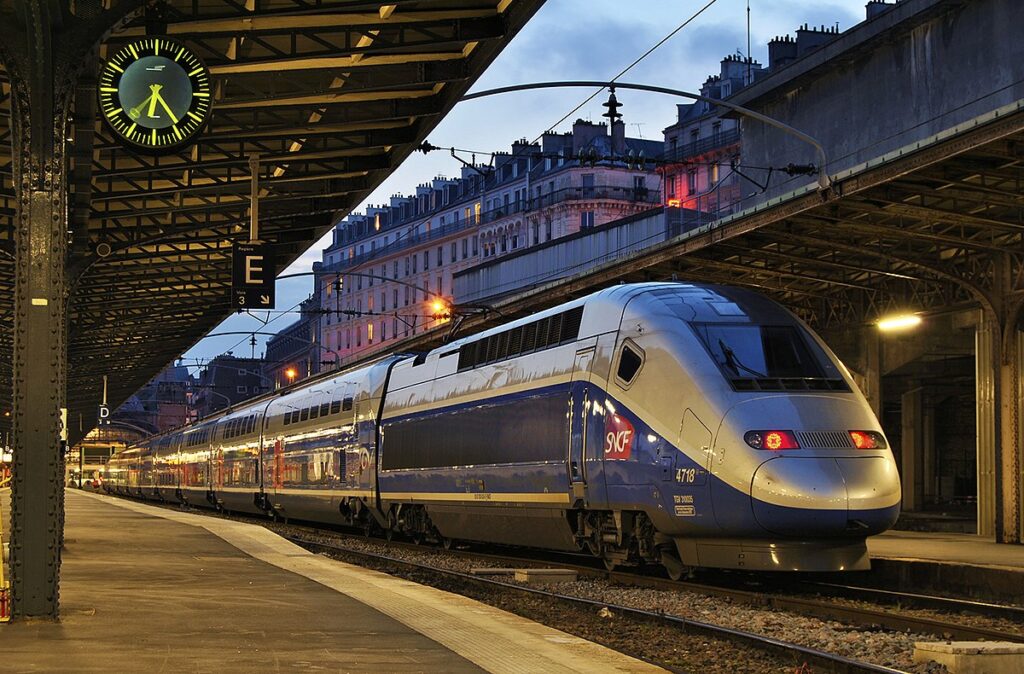
France’s TGV (Train à Grande Vitesse) revolutionized European rail travel, connecting Paris to major French cities and neighboring countries. The TGV network reaches speeds of 320 km/h in regular service, with routes extending to Brussels, Amsterdam, London (via Eurostar), and Swiss cities. The TGV booking system requires advance reservations, with dynamic pricing similar to airlines.
ICE: Germany’s Engineering Excellence
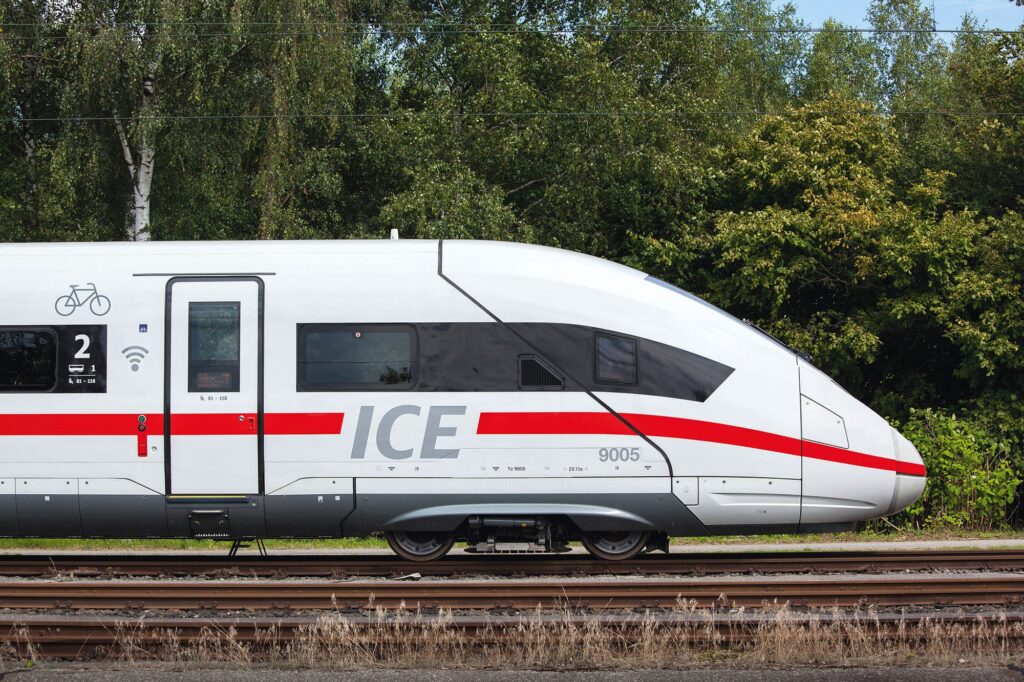
Germany’s ICE (Intercity-Express) trains showcase German engineering precision, operating at speeds up to 300 km/h on dedicated high-speed lines. The ICE network connects major German cities and extends to Austria, Switzerland, Belgium, and the Netherlands. These trains feature excellent onboard amenities, including WiFi, power outlets, and restaurant services.
AVE: Spain’s High-Speed Marvel
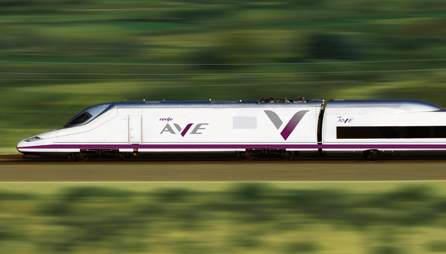
Spain’s AVE (Alta Velocidad Española) network has transformed Spanish travel, connecting Madrid to Barcelona in just 2 hours 30 minutes at speeds reaching 310 km/h. The Spanish high-speed rail system extends to Seville, Valencia, and Málaga, with ongoing expansion plans. AVE trains offer punctuality guarantees, refunding tickets for delays exceeding 15 minutes.
Eurostar: Cross-Channel High-Speed Connection
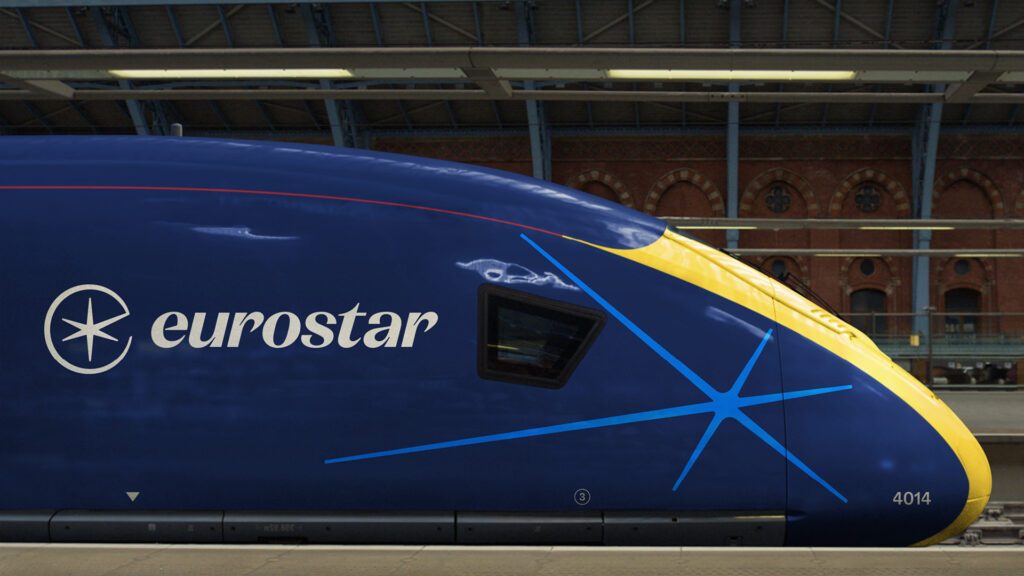
The Eurostar connects London to continental Europe through the Channel Tunnel, reaching Paris in 2 hours 15 minutes and Brussels in 2 hours. This high-speed international service eliminates airport hassles while providing city-center to city-center convenience. Security procedures are similar to airports but typically faster.
Italo and Frecciarossa: Italy’s Competing High-Speed Services
Italy operates two high-speed rail companies: state-owned Trenitalia (Frecciarossa) and private Italo. Both services connect major Italian cities at speeds up to 300 km/h, creating healthy competition that benefits passengers through competitive pricing and improved services. The Italian high-speed network covers routes from Milan to Naples, including stops in Florence, Rome, and Bologna.
Booking Strategies for High-Speed European Trains
Advance booking discounts: Purchase tickets 3-4 months early for significant savings Flexible vs. fixed tickets: Consider refund and exchange policies Class differences: First class offers more space and included meals Dynamic pricing: Prices fluctuate based on demand and timing Official websites vs. third-party platforms: I prefer Omio as it offers best prices.
High-Speed Rail vs. Flying: Comparative Analysis
Time efficiency: City-center connections often make trains faster than planes Environmental impact: Trains produce significantly lower CO2 emissions Comfort factors: More legroom, mobility, and no baggage restrictions Weather reliability: Trains operate in conditions that ground flights Cost considerations: Factor in airport transfers and additional airline fees
Essential High-Speed Train Travel Tips
Arrive early: Security checks and platform access require advance arrival Luggage allowances: Generally more generous than airlines but check specific requirements Seat selection: Window seats offer better views; aisle seats provide easier access Power outlets: Available in most high-speed trains, but bring adapters Food services: Vary by operator; some include meals in first class
Future of European High-Speed Rail
Planned expansions include high-speed connections to Eastern Europe, enhanced cross-border services, and new technologies like hyperloop research. The European high-speed rail network continues evolving, with sustainability and connectivity driving future development.
European high-speed trains offer unmatched combination of speed, comfort, and environmental responsibility, making them the preferred choice for discerning travelers seeking efficient intercity transportation across the continent.
high speed trains europe, TGV, AVE, ICE, eurostar, bullet trains europe, fast trains, european high speed rail
